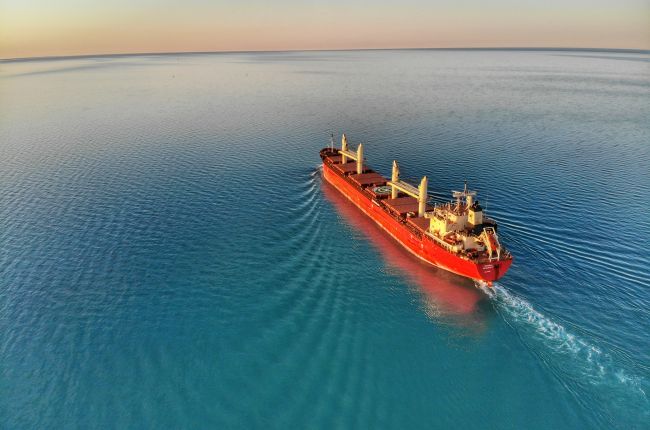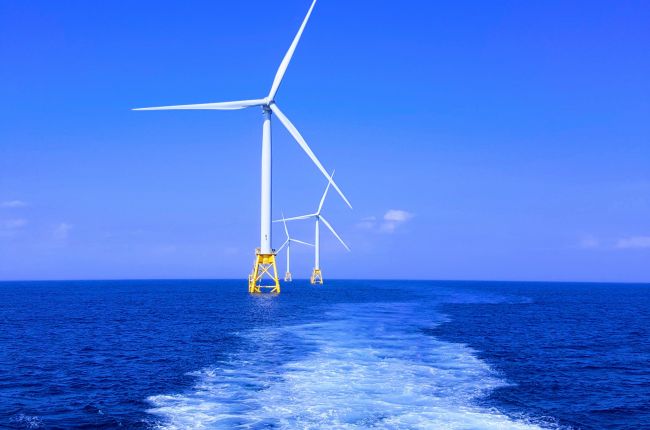Expanding Opportunities and Mitigating Threats
The United States depends on the oceans and the Great Lakes for food, national security, energy resources, transportation, recreation, and other important needs. More than half of the United States population lives in coastal watershed counties that generate 58 percent of the Nation’s gross domestic product. Geoscientists provide information about how our planet's coasts, oceans, and seafloor behave now and how they have functioned in the past. Geoscientists also conduct research on marine energy and mineral resources, natural hazards, sea level rise, and ocean acidification. The United States has jurisdiction over 3.4 million square miles of ocean, almost as big as the land area of all 50 states combined. This vast marine area offers environmental resources and economic opportunities; however, coastal communities are threatened by sea-level rise, tsunamis, hurricanes, industrial accidents, and water-borne pathogens, which are already being exacerbated by climate change. A better understanding of our ocean and coastal areas will strengthen our economy and save lives.
To ensure the long-term sustainable use of our oceans, coastal resources, and polar regions:
Conduct basic and applied research on ocean and coastal issues. An improved understanding of ocean and coastal processes will help protect the oceans and marine life, increase resilience of coastal communities, and promote economic growth by constructing accurate scenarios for the ocean’s behavior in the future.
Enhance ocean observations. The oceans drive global water and weather systems by absorbing, storing, and moving vast amounts of the Earth’s heat, water, and CO2. A resilient nation needs sustained ocean observations from space, from the ocean surface, and at depth.
Monitor, research, and respond to sea‑level rise. Sea levels are rising, and the rate is projected to accelerate under warmer conditions, changing coastal ecosystems and making vital coastal communities vulnerable to erosion and flooding associated with storm surges and high tides.
Assess marine energy and mineral resources, including their environmental context. The ocean is not only a source for mineral resources, including metal-bearing seabed minerals and deep-water forms of frozen natural gas, but is an energy source itself in the form of tidal and wave motions that can be used to generate electric power.






